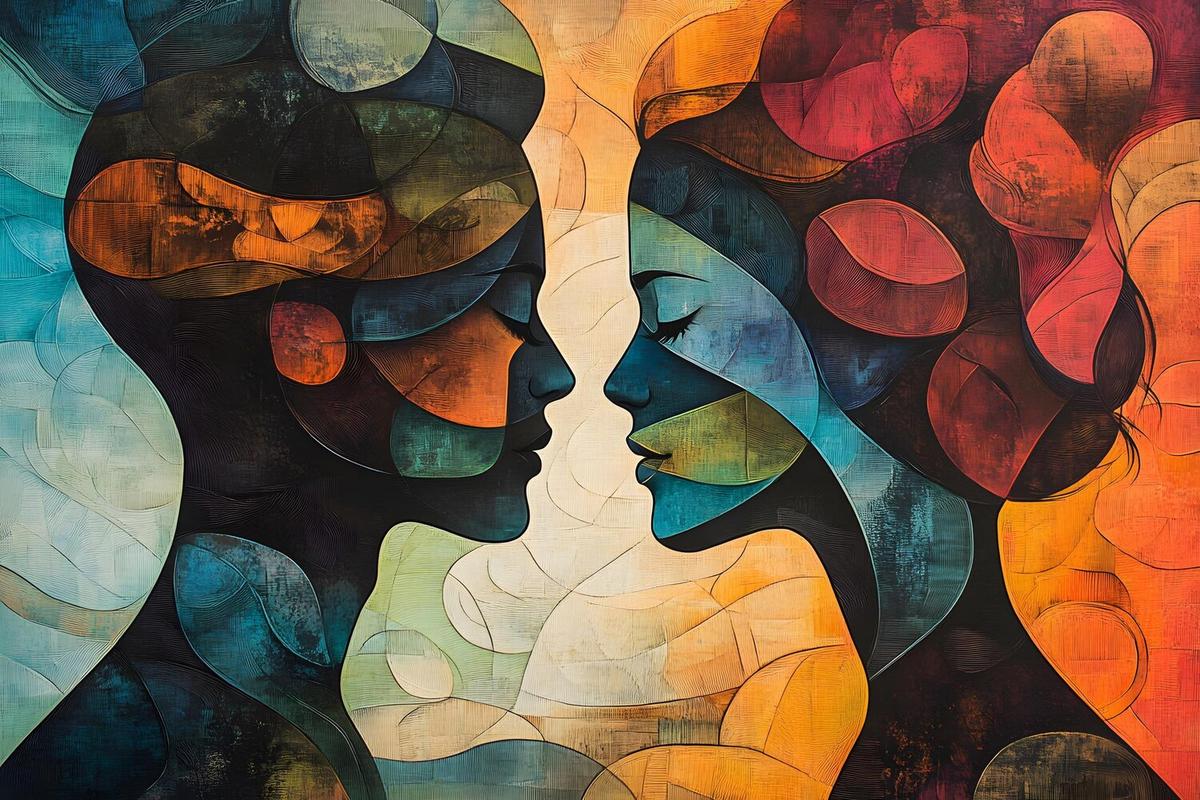
The Impact of Globalization on Modern Art Styles
In a world where boundaries are increasingly blurred, the influence of globalization extends far beyond trade and economics, reaching into the realm of modern art. This cultural exchange has fostered a dynamic evolution in art styles, where local traditions merge with global influences, creating a vibrant tapestry of creativity.
Globalization has transformed how art is perceived, created, and distributed. Art historian and critic, Hans Belting, noted that “globalization has not only changed the conditions of art production but also the role of the artist as a global player.” This shift can be observed in various ways, from the diverse themes explored by artists to the materials and techniques they employ.
Global Influences on Local Art
One of the most significant impacts of globalization is the fusion of local art traditions with global trends. For example, African artists have started incorporating elements of Western modernism into their traditional crafts, resulting in a unique blend that resonates on a global scale. Similarly, Asian art styles have been influenced by Western abstract art, leading to new forms of expression.
Research Findings and Statistics
According to a study conducted by the Cultural Policy Research Institute, over 70% of contemporary art exhibitions feature artists from multiple countries, highlighting the international nature of modern art. Furthermore, the global art market has seen a significant increase, with sales growing by 6% annually over the past decade.
Personal Anecdotes
Consider the experience of artist Carlos, whose work is a testament to globalization’s impact. Originally trained in traditional Mexican painting techniques, Carlos has embraced digital media, influenced by global art movements, to create pieces that speak to a worldwide audience.
Adapting to the Global Art Scene
For artists looking to thrive in this interconnected world, embracing cross-cultural influences can be beneficial. Engaging with global art communities through social media platforms and international exhibitions can provide artists with fresh perspectives and opportunities.
Comparison Table: Traditional vs. Globalized Art Styles
| Aspect | Traditional Art Style | Globalized Art Style |
|---|---|---|
| Inspiration Source | Local culture | International influences |
| Materials Used | Locally sourced | Global materials |
| Distribution | Regional galleries | Online platforms |
| Techniques | Conventional methods | Innovative methods |
| Audience | Regional | Global |
| Theme | Cultural heritage | Global issues |
| Exhibitions | Local art shows | International biennales |
| Artist Role | Cultural preservation | Global communicator |
Frequently Asked Questions
How has globalization affected traditional art forms?
Globalization has introduced new techniques and materials to traditional art forms, often blending them with contemporary styles to create innovative works.
What are some challenges artists face in a globalized art world?
Artists may struggle with balancing their cultural identity with global trends and navigating an increasingly competitive international market.
How can artists maintain cultural authenticity in their work?
By staying true to their roots and incorporating personal cultural narratives, artists can maintain authenticity while embracing global influences.
In conclusion, the impact of globalization on modern art styles is profound and multifaceted. It presents both challenges and opportunities for artists, encouraging them to explore beyond their cultural boundaries while maintaining a connection to their roots. By embracing this global exchange, artists can create works that resonate with audiences worldwide, ensuring that art continues to be a powerful medium of communication and cultural expression.